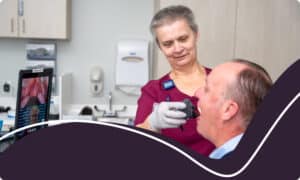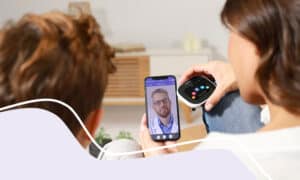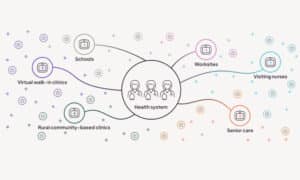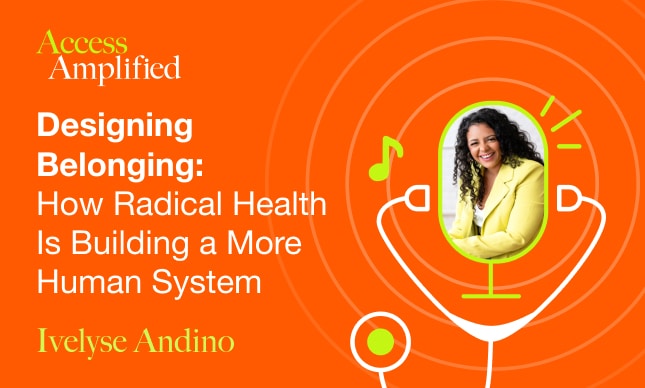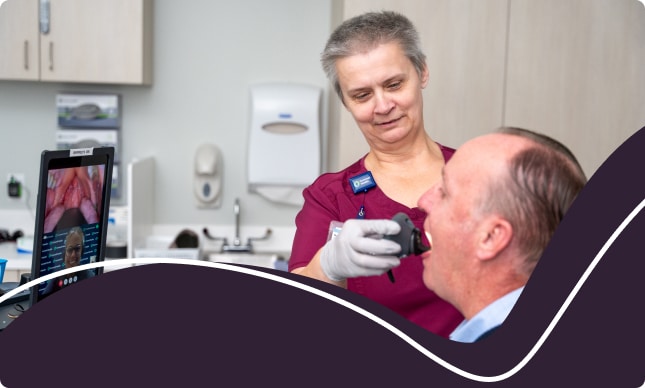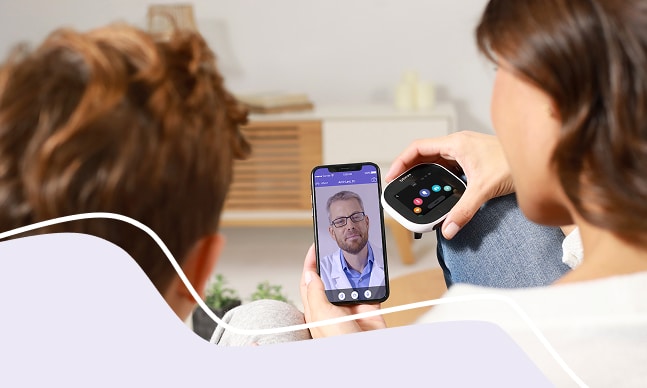The Importance of Remote Access to Value-Based Care
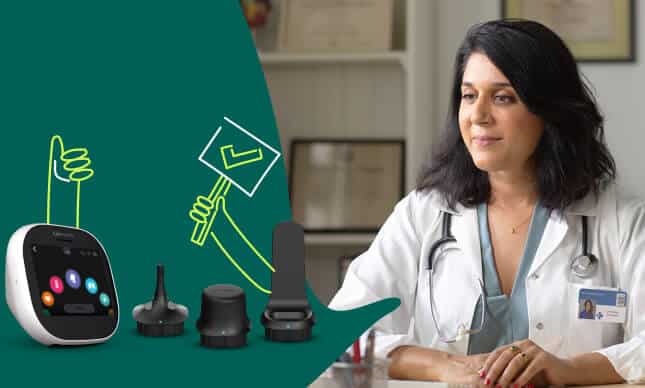
As healthcare continues to make the shift towards value-based models, what is the role of remote care in improving access to care in the home and community? TytoCare’s recent webinar with Becker’s Hospital Review featured Jeff Bennett, CEO of Higi, Aneesh Chopra, President of CareJourney, and Joe Brennan, TytoCare’s Senior Director of Provider Solutions.
Patients under the radar
In many cases, patients’ adverse health conditions could benefit from earlier and more consistent intervention. Preventive care improves health outcomes for patients. It ensures that fewer serious interventions are required down the line, further easing the strain on the healthcare system and saving costs.
A significant number of patients neglect to visit their doctor on a regular basis, an issue that was only exacerbated by the pandemic. Aneesh Chopra mentioned that among the Medicare population, 10% of patients don’t see a primary care doctor at all over the course of a year, a number that ballooned to 18% during COVID.
The trusted patient-provider relationship is not what it once was. The impact of this change is that people who have spent years avoiding the medical system are not being identified for healthcare risks that could possibly have been mitigated. Value-based care statistics focus on those patients who see a doctor, but as Aneesh cautioned, we must not lose sight of those who don’t have an active relationship with a provider, all while their health conditions may be silently progressing.
Meeting patients where they are
Remote healthcare solutions in the home and community can be leveraged to rebuild trust and encourage patients to seek appropriate care. An added benefit is that providers will attain health information about these patients and will be able to stratify their risk.
Jeff Bennett explained that instead of visiting their doctor’s office in person for blood pressure screenings, low-risk patients can be assessed at community locations such as a pharmacy, community center, or grocery store. Virtual visits are suitable for many patients and use cases, such as patients who are in overall good health or those who are less mobile.
If patient needs can be triaged effectively from a home or community setting, the system will have the bandwidth to provide further care to those who require it. This approach will ultimately keep more people out of the ER and facilitate successful remote patient management.
Appropriate remote care
Remote care that is disjointed or fragmented does little to remove the “noise” from healthcare. Aneesh said that multiple digital solutions can create confusion for patients and providers, particularly for vulnerable populations such as seniors. Remote care should feel like a logical extension of primary care to both patients and providers. When patients feel like their doctor is the one carrying out a remote exam, the service they receive feels unified and complete, which is empowering for clinicians and patients. A total care model that doesn’t send patients in multiple directions is crucial for improving health outcomes
When incorporating remote care into value-based offerings, Jeff emphasized that it’s also important that it not add to the load of already-strained clinicians. Remote care should remove friction from clinicians’ workflow and seamlessly extend the in-person care they already provide. The potential value of remote care should be made evident to clinicians so they can implement care they believe in, rather than feeling like salespeople.
Supporting lifelong health
Remote care in the home and community allows providers to get an accurate picture of patients and their caregivers. It can determine whether hospital-discharged patients’ needs can be effectively managed at home without the need for readmission. As Jeff shared, remote monitoring data can help close the feedback loop by providing insight into when specialty care is needed and when minor interventions will suffice.
While underserved populations are often the focus of value-based models, everyone deserves access to appropriate, equitable care. Aneesh explained that an ideal scenario would move healthcare away from episodic care to early screenings that keep people on track for improved lifelong health. Healthcare organizations should be rewarded for getting patients to carry out screenings, assessments, and abiding by disease prevention programs, such as Life’s Essential 8.
The move to value-based care is well underway, and remote care has the tools and methodologies to help support the shift. Keeping people healthier and at home is a universal wellness goal. By bringing healthcare into the home and community through remote care, many of the challenges faced by patients, providers, and healthcare systems can be alleviated.
To watch the full webinar with Jeff Bennett, Aneesh Chopra, and Joe Brennan, click here.
